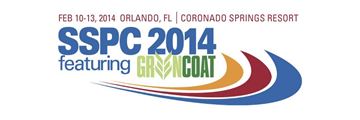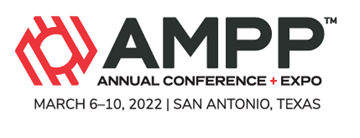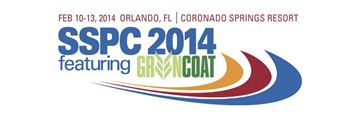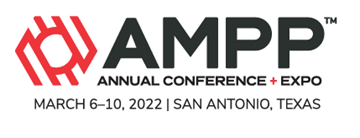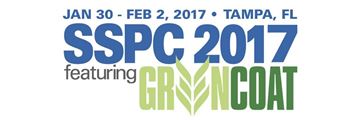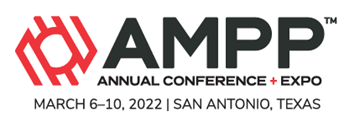Search
Coatings and Linings
View as
Sort by
Display
per page
The Case Study of Foul Release Coating Application & Its Key Issues for Shipbuilding Industries
Product Number:
41214-812-SG
Publication Date:
2014
$20.00
The Change Of Corrosion Inhibition Behavior Of Tetradecyl Phosphate Ester At Elevated Temperatures
Product Number:
51322-18053-SG
Publication Date:
2022
$20.00
The Color of History: When the Brooklyn Bridge is Your Canvas
Product Number:
41215-937-SG
Publication Date:
2015
$20.00
The Curse of the Mummy: Mysterious Tank Lining Failure in WAV Vessels
Product Number:
41214-841-SG
Publication Date:
2014
$20.00
The Effect of Four Commercially Available Steel Decontamination Processes on the Performance of Internal Linings
Product Number:
41215-911-SG
Publication Date:
2015
$20.00
The Effect Of Sulfur Components Of Corrosion Inhibitors On Chemical Qualification
Product Number:
51322-17801-SG
Publication Date:
2022
$20.00
The Effectiveness of Energy Efficient Coatings for Military Use
Product Number:
51217-081-SG
Publication Date:
2017
$20.00
The Effects Of Different Blast Abrasives On The Performance Of Liquid-Applied Epoxy Pipeline Coatings
Product Number:
51322-17806-SG
Publication Date:
2022
$20.00
The Evaluation and Use of OAP Coatings for KYTC Bridge Maintenance Painting
Product Number:
41213-806-SG
Publication Date:
2013
$20.00
The Evolution of Coatings and Linings in Wastewater Applications
Product Number:
41205-200-SG
Publication Date:
2005
$20.00
The Futility and Folly of Seeking the Accelerated Corrosion Holy Grail
Product Number:
41215-885-SG
Publication Date:
2015
$20.00

